Essential Guide to Choosing the Right Basement Drainage System for Your Home
When it comes to protecting your home from water damage, selecting the right basement drainage system is crucial. According to renowned waterproofing expert, John Smith, "A well-designed basement drainage system can be the difference between a dry, usable space and a damp, mold-infested environment." Homeowners often underestimate the importance of a reliable drainage solution, especially in regions prone to heavy rainfall or flooding.
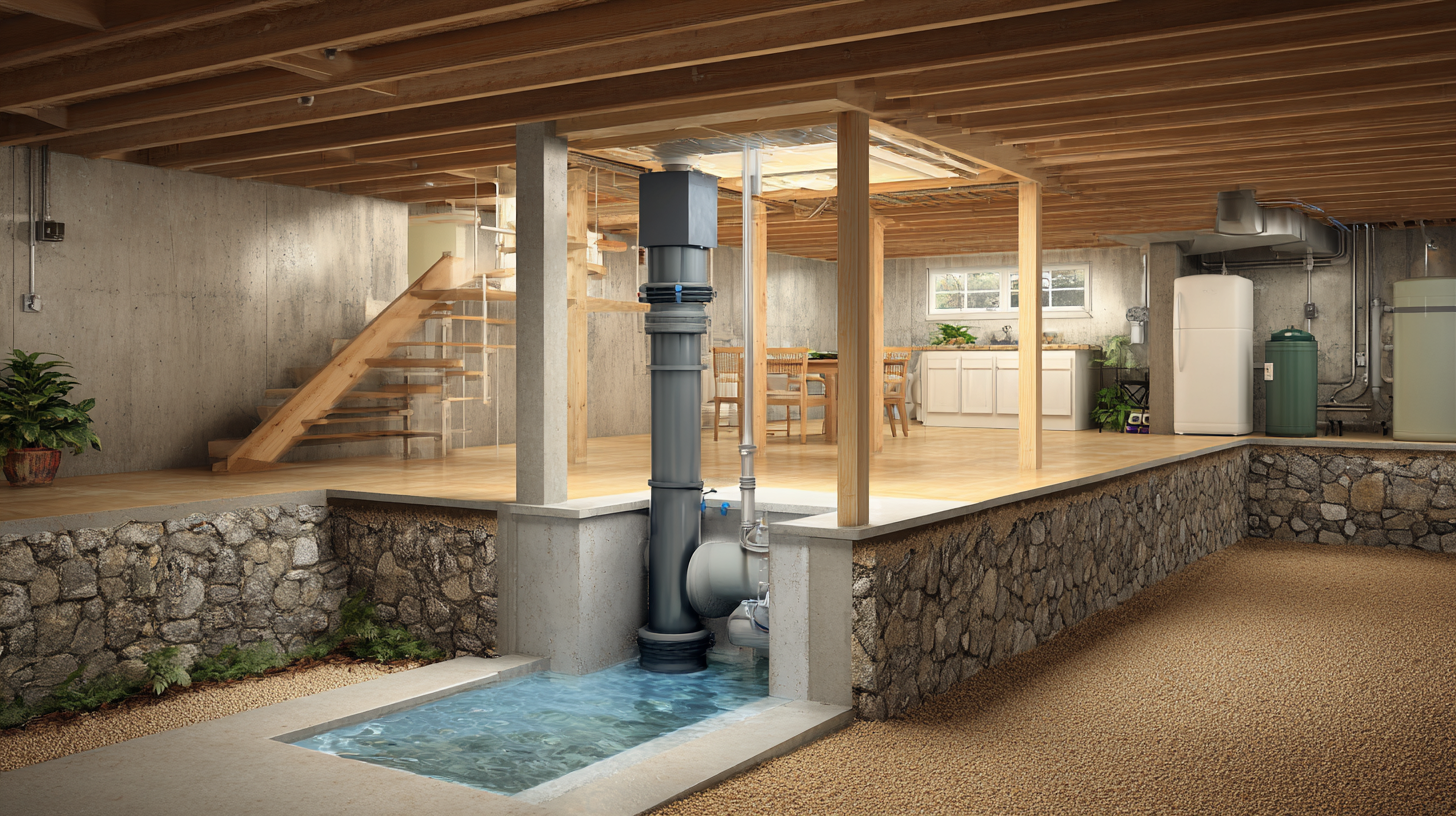
In this essential guide, we will explore the top ten basement drainage systems available, focusing on their features, benefits, and suitability for various home designs. From sump pumps to interior French drains, understanding the different options can empower homeowners to make informed decisions that safeguard their homes’ foundations and living spaces. By investing in the right system, you can not only enhance the longevity of your property but also improve the overall quality of your living environment.
Understanding the Importance of Basement Drainage Systems for Homeowners
Basement drainage systems play a crucial role in maintaining the integrity and health of your home. For homeowners, understanding the importance of these systems goes beyond mere aesthetics; it directly impacts the safety and longevity of the property. A reliable drainage system can prevent water intrusion, which is essential in avoiding potential damage to foundation structures, mold growth, and other related issues that arise from excess moisture. This is particularly significant in areas prone to heavy rainfall or flooding, where improperly managed water can lead to serious consequences.
Moreover, a well-designed basement drainage system enhances the overall value of a home. Prospective buyers are more likely to invest in a property with an effective drainage solution in place, as it signifies a proactive approach to maintenance and protection against environmental hazards. Homeowners should prioritize installing systems that suit their specific needs, incorporating features such as sump pumps, French drains, or channel drains, to ensure that their basements remain dry and functional. Understanding these aspects empowers homeowners to make informed decisions, ultimately safeguarding their investment and promoting a healthier living environment.
Key Factors to Consider When Selecting a Basement Drainage Solution
When selecting a basement drainage solution, there are several key factors to consider to ensure effective moisture control and protection for your home. First, you should assess the specific drainage needs of your basement, which may vary based on the local climate and soil conditions. For instance, homes in areas with high rainfall or poor drainage may require a more robust system, such as a sump pump coupled with an interior drainage system, to manage water effectively.
Another crucial factor is the capacity and efficiency of the system to handle excess moisture. Installing a quality dehumidifier can also complement your drainage solution, as it helps regulate humidity levels in damp basements, preventing mold growth and improving air quality. Recent reports indicate that effective dehumidifiers can reduce humidity levels by up to 50%, significantly enhancing comfort in your home.
Tips: Always choose a drainage solution that is scalable to accommodate future home improvements or potential climate changes. Additionally, investing in a reliable dehumidifier not only supports your drainage system but also enhances the overall living conditions, particularly in humid environments where excess moisture is common.
Comparing Different Types of Basement Drainage Systems for Efficiency
When it comes to basement drainage systems, efficiency is key in preventing water damage and ensuring a safe living environment. The most common types include interior and exterior drainage systems, each with its distinct advantages. Interior systems typically feature sump pumps and interior French drains which are effective in collecting water from the basement’s interior. They are often easier to install and can be maintained without invasive excavation, making them a popular choice for many homeowners.
On the other hand, exterior drainage systems, such as French drains placed around the foundation, aim to redirect water away from the home. While they may require more initial installation work, they can significantly reduce the amount of moisture entering the basement by addressing water issues at the source. Homeowners must weigh the pros and cons of both systems, considering factors like climate, soil type, and property layout. Ultimately, selecting the right drainage option involves evaluating the specific needs of the home and the level of protection desired against water intrusion.
Basement Drainage Systems Efficiency Comparison
Installation Tips for Optimizing Your Chosen Drainage System
When it comes to installing a basement drainage system, careful consideration can make all the difference in ensuring a dry and safe environment in your home.
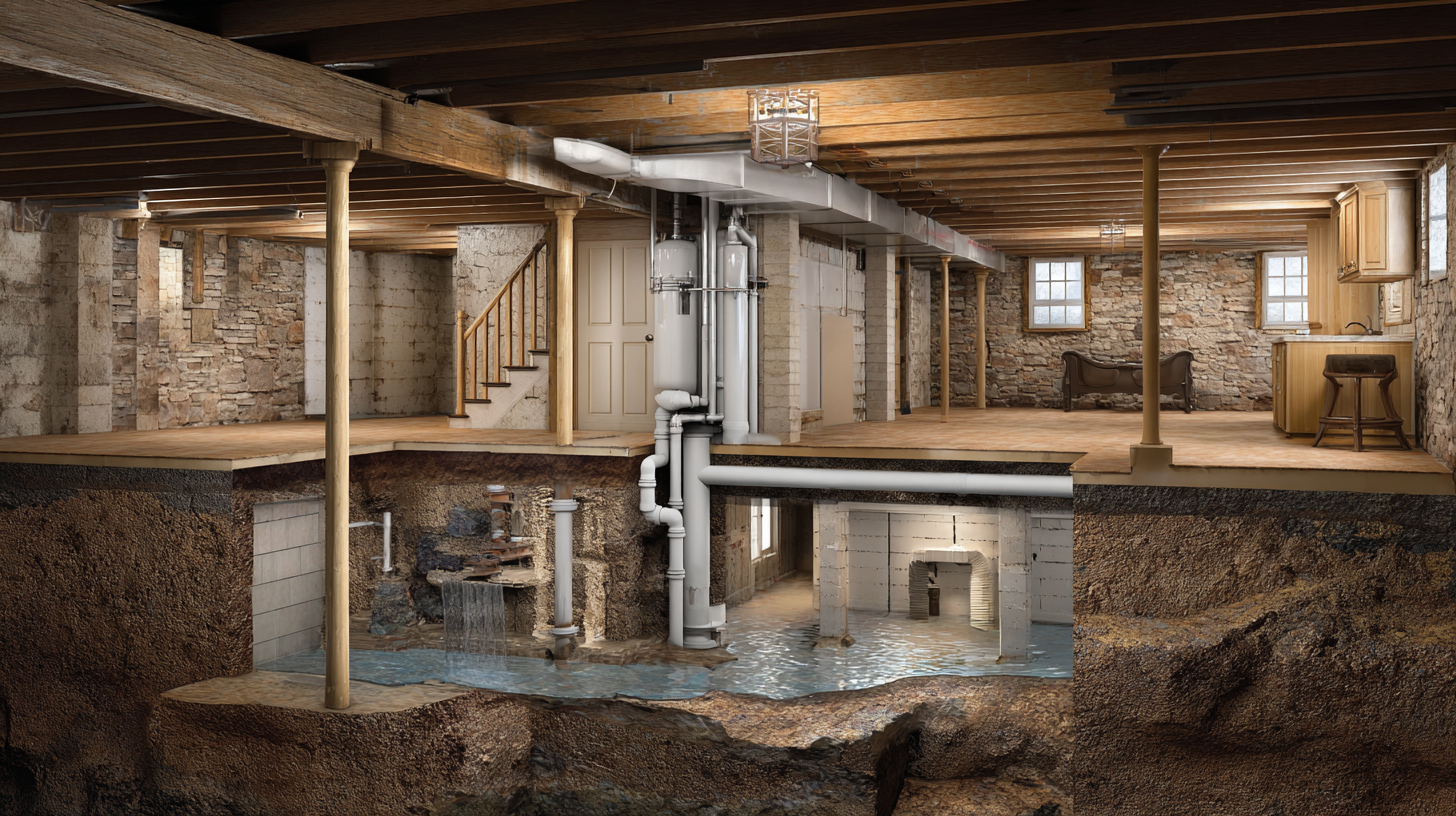 First, it is crucial to assess the specific needs of your basement. Evaluating factors like the layout, existing moisture problems, and the local climate can guide you in selecting the most effective drainage system, whether it be a sump pump, French drain, or interior waterproofing system.
First, it is crucial to assess the specific needs of your basement. Evaluating factors like the layout, existing moisture problems, and the local climate can guide you in selecting the most effective drainage system, whether it be a sump pump, French drain, or interior waterproofing system.
Once you have made your choice, proper installation is key to optimizing performance. Start by clearing the area of any debris and ensuring a solid foundation for your drainage system. For systems like French drains, ensure that the gravel surrounding the pipe allows for adequate water flow. Additionally, it’s important to maintain proper slope toward the drainage point to encourage effective water movement. Regular maintenance checks post-installation will also help in catching any potential issues before they become significant problems, ensuring your basement remains dry and functional for years to come.
Maintenance Best Practices to Ensure Longevity of Your Basement Drainage System
Proper maintenance of your basement drainage system is crucial for ensuring its longevity and effectiveness. One of the key practices is to regularly inspect and clean your drains, especially during the changing seasons. Leaves, dirt, and debris can accumulate and block the drainage system, leading to water backup and potential flooding. Utilizing a wet/dry vacuum or a plumbing snake can help clear any obstructions that may form over time.

Additionally, it's essential to check and maintain the sump pump, if installed, as it plays a vital role in the drainage process. Test the pump periodically by pouring water into the sump pit to ensure it activates correctly. Moreover, consider installing a backup battery system for your sump pump to keep it operational during power outages. Regularly assessing the surrounding landscape and ensuring proper grading away from your foundation can also prevent excess water from pooling and overwhelming your drainage system.
Implementing these maintenance best practices will not only enhance the performance of your basement drainage system but will also extend its operational life, providing you with peace of mind for years to come.
Related Posts
-
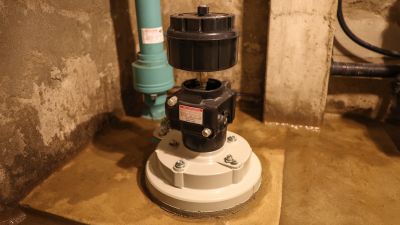
Understanding Sump Pump Check Valves: Essential Maintenance Tips for Optimal Flood Protection
-
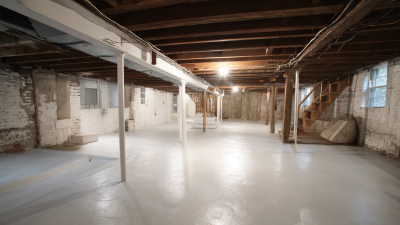
Understanding the Importance of Basement Waterproofing Systems for Home Protection
-
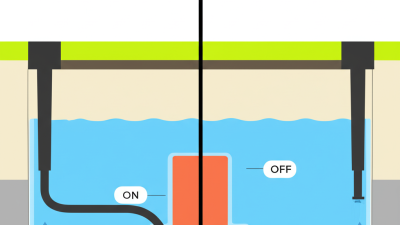
Understanding the Importance of Sump Pump Float Switches for Home Water Management
-

Essential Guide to Choosing the Right Basement Water Pump System for Your Home
